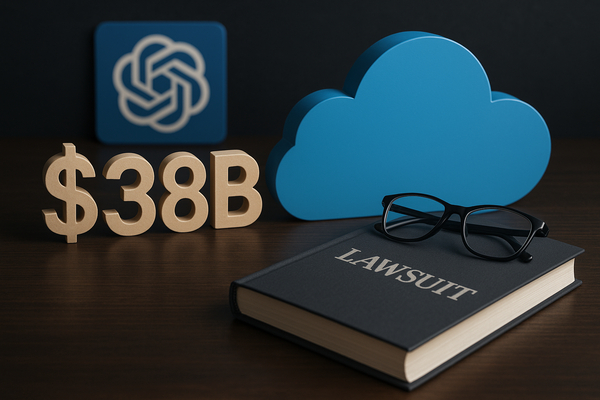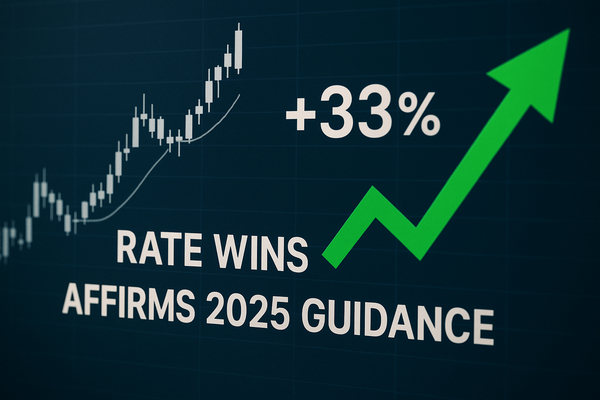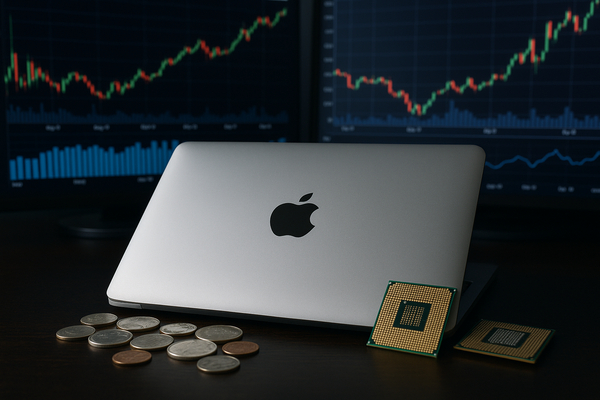
Sealed Air’s analyst support intensifies. Four firms — JP Morgan, RBC Capital, Truist Securities and Wells Fargo — reiterated Overweight/Outperform views on Sealed Air (NYSE:SEE) this week, drawing fresh investor attention to packaging names. That matters now because multiple reaffirmations coincide with a heavy slate of Q3/Q4 earnings releases on Nov. 5–6, 2025, driving short-term flows into defensive industrials. In the short term, analyst momentum can lift share liquidity and relative performance. Over the long term, packaging demand and input costs will determine margin durability across U.S., European and Asia‑exposed peers. Compared with earlier 2025 quarters, this cluster of coverage follows three consecutive months of stable volumes and renewed dividend focus across the sector.
Analyst momentum for Sealed Air and coverage patterns
Sealed Air (NYSE:SEE) registered four separate analyst notes on Nov. 5, 2025: JP Morgan, RBC Capital, Truist Securities and Wells Fargo all maintained Overweight/Outperform recommendations. The dataset records 4 news items for SEE, the highest single‑symbol count in the file. By contrast, Ball (NYSE:BALL) had a single firm note — JP Morgan maintained Neutral — recorded as 1 news item. In addition, KeyBanc reaffirmed DuPont de Nemours (NYSE:DD) Overweight and BMO Capital kept Element Solutions (NYSE:ESI) Outperform, each logged as one note.
Why this matters: analyst reiterations often translate to immediate trading volume increases and price support. Here, 4 reiterations for SEE concentrated on one day signal coordinated attention from large desks. That can accelerate short‑term inflows into packaging ETFs and peer stocks listed in the U.S. and Europe.
Earnings cadence: heavy November earnings flow and measurable coverage
At least a dozen companies in the dataset issued calls or slide decks on Nov. 5, 2025. Examples include Ashland (NYSE:ASH) — Q4 2025 earnings call transcript on Nov. 5 — Corteva (NYSE:CTVA) Q3 2025 earnings call on Nov. 5, and The Mosaic Company (NYSE:MOS) which published both a Q3 2025 slide deck and a Q3 transcript (MOS: 2 items). The dataset shows multiple firms posted Q3/Q4 materials on Nov. 5: Innospec (NASDAQ:IOSP) 2 items, Louisiana‑Pacific (NYSE:LPX) 2 items, The Mosaic Company (NYSE:MOS) 2 items, and Scotts Miracle‑Gro (NYSE:SMG) 3 items (including Q4 materials).
Quantifiable signal: the concentration — 12+ filings on the same two days — indicates compressed information flow for investors. That amplifies intra‑day volatility as earnings details hit models and trade desks. Meanwhile, commodity and input‑price commentary in these calls can drive sector reweighting in U.S. and emerging‑market portfolios over the next 48–72 hours.
Agriculture and fertilizer cues: Mosaic and Corteva provide demand metrics
The agriculture complex attracted focused disclosure. The Mosaic Company (NYSE:MOS) released 2 items on Nov. 5: a Q3 presentation and an earnings transcript. Corteva (NYSE:CTVA) presented Q3 commentary on the same day. Together, these filings offer measurable indicators — number of corporate disclosures: MOS 2, CTVA 1 — that investors use to gauge seasonal demand and fertilizer pricing pressure across North America, Brazil and other crop markets.
Market implication: fertilizer producers and crop‑input makers report volumes and selling prices that feed into near‑term revenue recognition. The simultaneous release of 2 MOS filings and a CTVA transcript compresses price‑discovery timing and can influence short‑term spreads between U.S. and Brazilian growers, and affect related stocks listed in the U.S. and Canada.
Specialty chemicals and small caps: Ashland, Innospec and Scotts Miracle‑Gro
Specialty chemicals and niche industrials showed mixed but tangible signals. Ashland (NYSE:ASH) posted a Q4 2025 earnings call on Nov. 5 (1 transcript in the dataset). Innospec (NASDAQ:IOSP) published both a Q3 transcript and a slide deck (2 items). Scotts Miracle‑Gro (NYSE:SMG) appeared 3 times in the dataset — a Q4 earnings transcript, a Q4 slide deck and an analytical note headlined “turnaround is on track.” The SMG note explicitly referenced improved free cash flow, reduced debt and dividend continuity in its coverage summary.
Quantified coverage: ASH 1 item, IOSP 2 items, SMG 3 items. These counts signal focused disclosure from smaller‑cap and specialty names that can move relative returns within the materials and consumer‑staples segments. In addition, analyst commentary for these companies tends to be more concentrated, so single‑house moves or reaffirmations often have outsized short‑term impact on trading volumes and implied volatility.
How investors can read the cluster: short‑term drivers vs. longer signals
Short term: multiple analyst reiterations (SEE: 4 notes) and a dense earnings calendar (12+ filings on Nov. 5) will drive higher trading volumes and tighter spreads in packaging, materials and select agrichemicals. That generates measurable liquidity shifts in U.S. listings and can lift correlated European and Asia‑traded peers through arbitrage and ETF flows.
Longer term: sustained margin recovery depends on raw material costs, pricing power and end‑market demand across manufacturing, food packaging and crop inputs. Repeated coverage and multi‑item disclosure counts (e.g., SMG 3, MOS 2, IOSP 2) signal companies that are communicating turnaround progress or operational transparency — useful inputs for fundamental re‑rating but not a guarantee of durability.
Data notes: all items cited come from company filings and analyst notes dated Nov. 5–6, 2025 in the supplied dataset. News counts per symbol in the dataset include SEE: 4, SMG: 3, MOS: 2, IOSP: 2, LPX: 2, BALL: 1, ASH: 1, CTVA: 1, DD: 1, ESI: 1. This article provides informational market commentary and does not offer investment advice.








